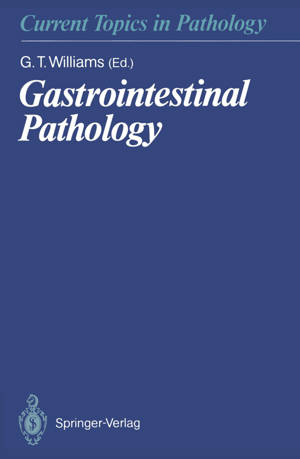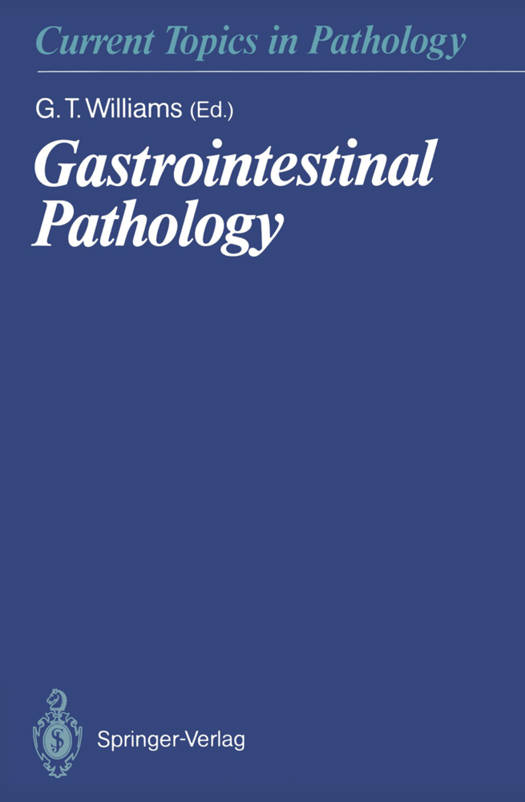
- Afhalen na 1 uur in een winkel met voorraad
- Gratis thuislevering in België vanaf € 30
- Ruim aanbod met 7 miljoen producten
- Afhalen na 1 uur in een winkel met voorraad
- Gratis thuislevering in België vanaf € 30
- Ruim aanbod met 7 miljoen producten
Zoeken
Gastrointestinal Pathology
€ 131,99
+ 263 punten
Omschrijving
There have been many advances in the field of gastrointestinal pa- thology which are of considerable clinical significance during the 13 years since the last publication of a volume of Current Topics in Pathology devoted to this subject. Many have arisen from the app- lication of new techniques of histochemistry, immunocytochemi- stry, quantitative morphometry and molecular and cell biology to gastrointestinal diseases, but some, notably the recognition of the association of Campylobaeter pylori with the commonest type of chronic gastritis, have been achieved using such long established 'routine' histological procedures that one wonders how their signifi- cance had escaped recognition for so long. The topics covered in this volume have been selected because they present advances of relevance to the diagnostic clinical pathologist. However, they re- present the personal selection of the editor, and are in no way exhaustive. Many other examples of progress in our understanding of the pathophysiology of gastrointestinal diseases have been omit- ted, either because of the confines of space or because they have been well reviewed recently in other publications. Most of the workload of the practising gastrointestinal patholo- gist involves the diagnosis and assessment either of inflammation or of neoplasia in the alimentary tract, and this is reflected in the topics presented in this book.
Specificaties
Betrokkenen
- Uitgeverij:
Inhoud
- Aantal bladzijden:
- 358
- Taal:
- Engels
- Reeks:
- Reeksnummer:
- nr. 81
Eigenschappen
- Productcode (EAN):
- 9783642746642
- Verschijningsdatum:
- 6/12/2011
- Uitvoering:
- Paperback
- Formaat:
- Trade paperback (VS)
- Afmetingen:
- 156 mm x 234 mm
- Gewicht:
- 535 g

Alleen bij Standaard Boekhandel
+ 263 punten op je klantenkaart van Standaard Boekhandel
Beoordelingen
We publiceren alleen reviews die voldoen aan de voorwaarden voor reviews. Bekijk onze voorwaarden voor reviews.







